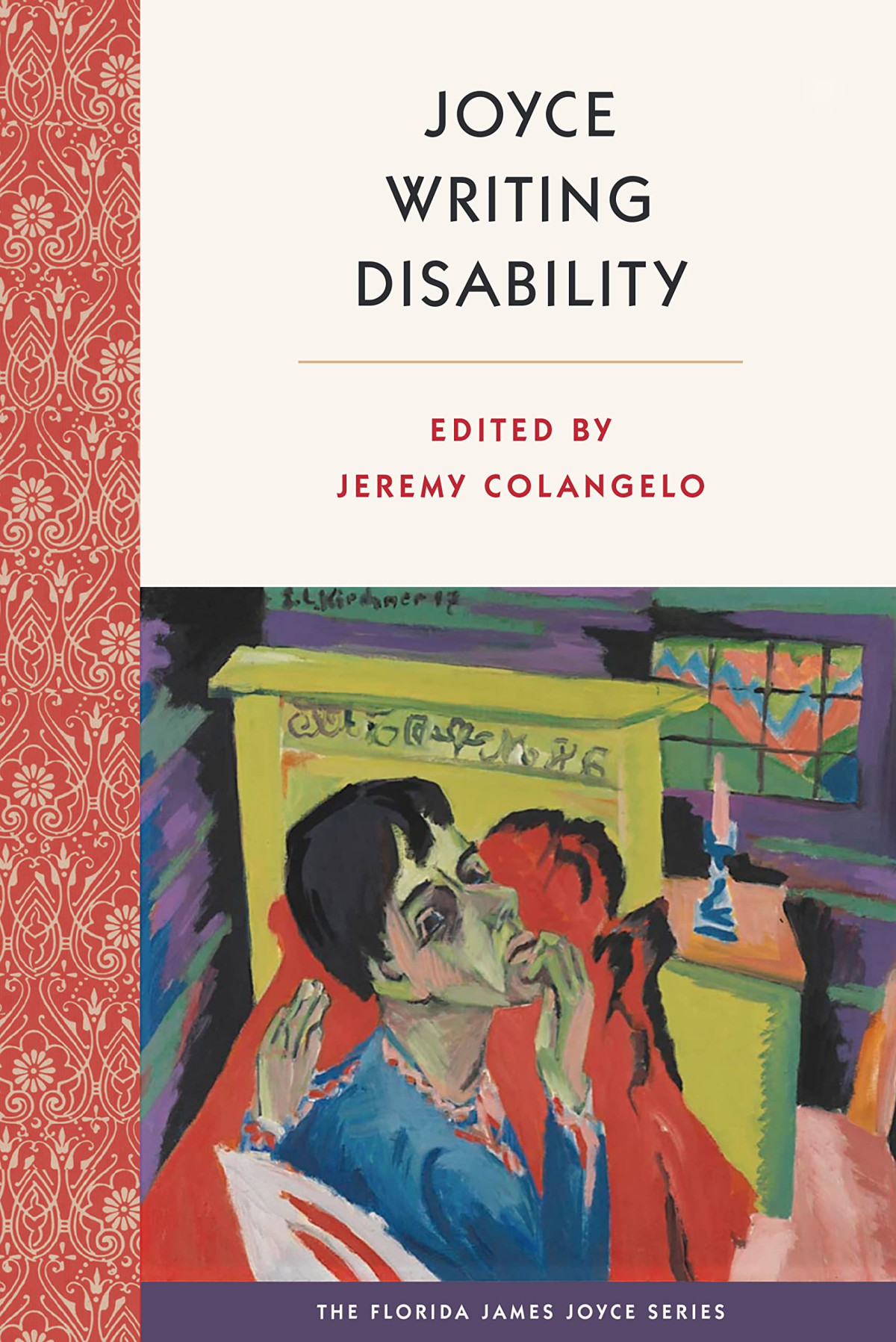

Most ebook files are in PDF format, so you can easily read them using various software such as Foxit Reader or directly on the Google Chrome browser.
Some ebook files are released by publishers in other formats such as .awz, .mobi, .epub, .fb2, etc. You may need to install specific software to read these formats on mobile/PC, such as Calibre.
Please read the tutorial at this link: https://ebookbell.com/faq
We offer FREE conversion to the popular formats you request; however, this may take some time. Therefore, right after payment, please email us, and we will try to provide the service as quickly as possible.
For some exceptional file formats or broken links (if any), please refrain from opening any disputes. Instead, email us first, and we will try to assist within a maximum of 6 hours.
EbookBell Team

0.0
0 reviewsIn this book, the first to explore the role of disability in the writings of James Joyce, contributors approach the subject both on a figurative level, as a symbol or metaphor in Joyce’s work, and also as a physical reality for many of Joyce’s characters. Contributors examine the varying ways in which Joyce’s texts represent disability and the environmental conditions of his time that stigmatized, isolated, and othered individuals with disabilities.
The collection demonstrates the centrality of the body and embodiment in Joyce’s writings, fromDubliners and A Portrait of the Artist as a Young Man to Ulyssesand Finnegans Wake. Essays address Joyce’s engagement with paralysis, masculinity, childhood violence, trauma, disorderly eating, blindness, nineteenth-century theories of degeneration, and the concept of “madness.” Together, the essays offer examples of Joyce’s interest in the complexities of human existence and in challenging assumptions about bodily and mental norms. Complete with an introduction that summarizes key disability studies concepts and the current state of research on the subject in Joyce studies, this volume is a valuable resource for disability scholars interested in modernist literature and an ideal starting point for any Joycean new to the study of disability. A volume in the Florida James Joyce Series, edited by Sebastian D. G. Knowles